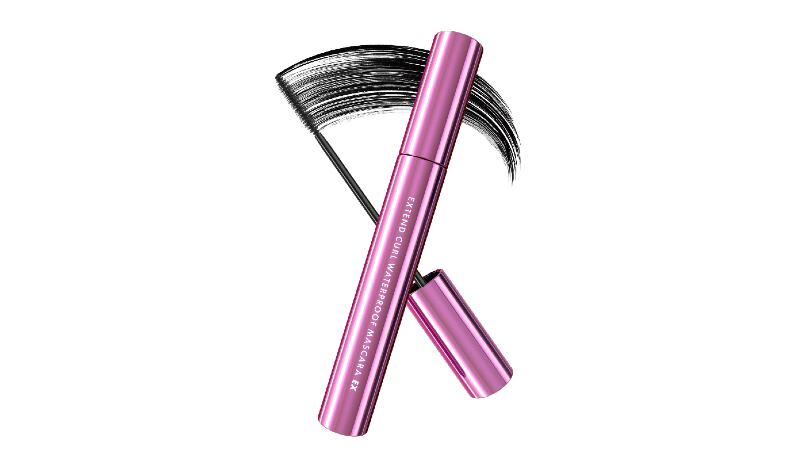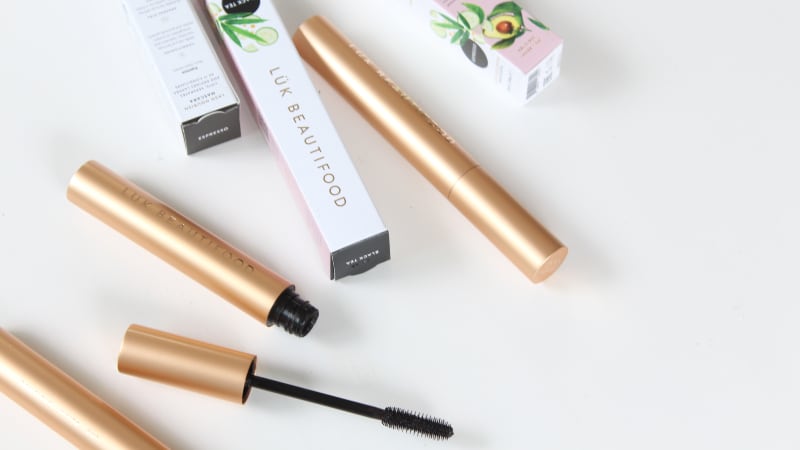Due to the considerable impact eyelashes have on enhancing the overall appeal of the eyes, there is a robust demand for products designed to create the illusion of longer and thicker lashes.
This has resulted in numerous specialised beauty products tailored specifically for eyelash enhancement.
For this study, the team specifically looked to lash curling.
The desired lifted effect is commonly achieved with an eyelash curler, which physically shapes the lashes.
For those who prefer a semi-permanent solution, there are chemical treatments used to set the eyelashes in a curl.
While the use of eyelash curlers and chemical curling treatments are common, the research team alleged that comprehensive investigations into their impact on lash health have not been widely undertaken.
As such, the study set out to understand the damage from these beauty habits and establish suitable methods of care.
The research, Changes in eyelash characteristics due to chemical and physical treatments, was first presented in November 2023 at the Fibre Science Society Research Conference.
What’s the damage?
Firstly, the team verified the damage that physical and chemical curling could potentially cause.
To assess the impact, observations were carried out using an electron microscope.
The findings revealed deformities in the fibre structure and noticeable damage to the cuticle surface.
Cuticle damage was particularly noticeable within the group of subjects that had undergone chemical lash curling.
Not only was there significant damage on the cuticle surface, but the researchers also suspected damage in the interior.
Upon further examination of the “particularly severe damage”, the team noted that protein was “leaking” from the lashes in this cohort.
This did not come as a surprise as this is well-documented in the realm of hair care, said the researchers.
“Eyelashes, much like hair, are primarily composed of proteins. In the case of hair, chemical curling treatments can lead to damage by breaking the bonds between proteins. Subsequently, daily washing can cause proteins to leak out of the hair.
“The leakage of proteins results in a decrease in the strength of the hair fibres, leading to a loss of resilience and firmness in the hair. This phenomenon is well-known in the context of hair care. Given the structural similarities between hair and eyelashes, it's reasonable to suspect a similar impact on eyelashes when subjected to chemical curling.”
Care and repair
Moving forward, the study investigated ingredients that could repair the damage done to physically and chemically curled lashes.
Lysine dilauroyl glutamate, a common ingredient found in various skin care and hair care products was singled out for its penetrative properties.
The researchers confirmed that the ingredient, along with 1,3-butylene glycol, successfully penetrated the cuticle.
“We are committed to advancing the development of products that not only address the damage resulting from upward eyelash curling but also enable individuals to embrace their desired eyelash designs, taking into account not just length and thickness but also aligning with their overall aesthetic preferences.”





